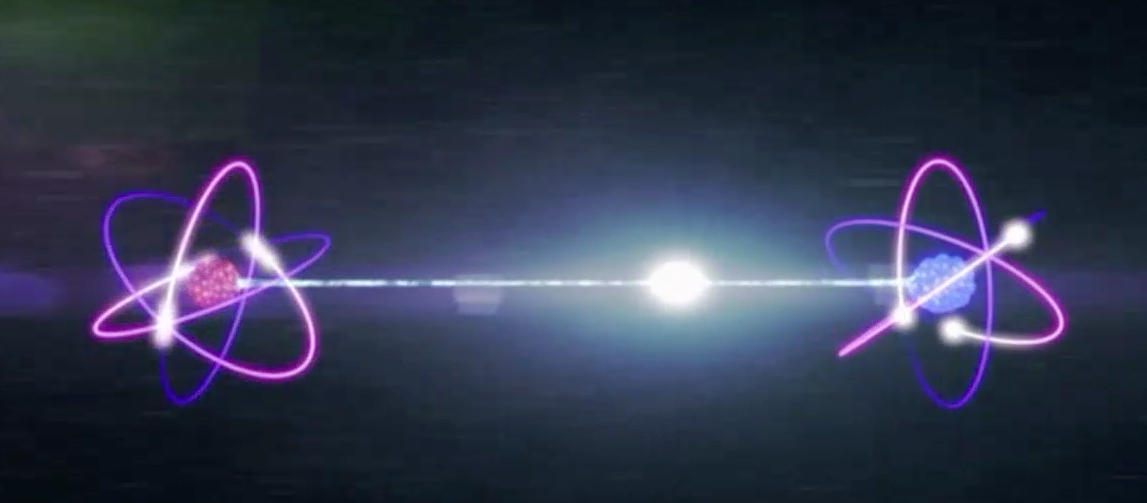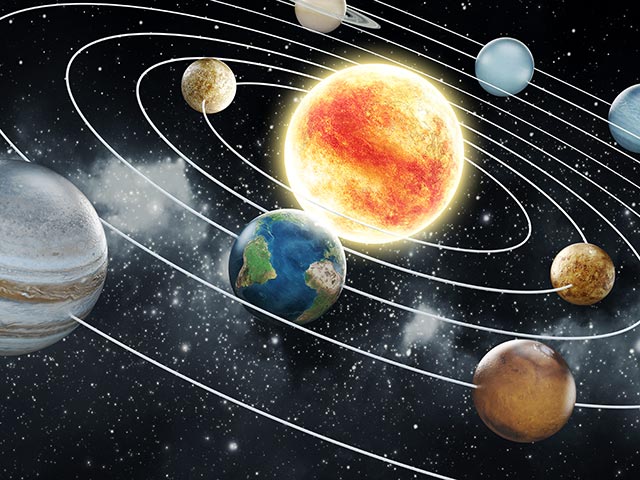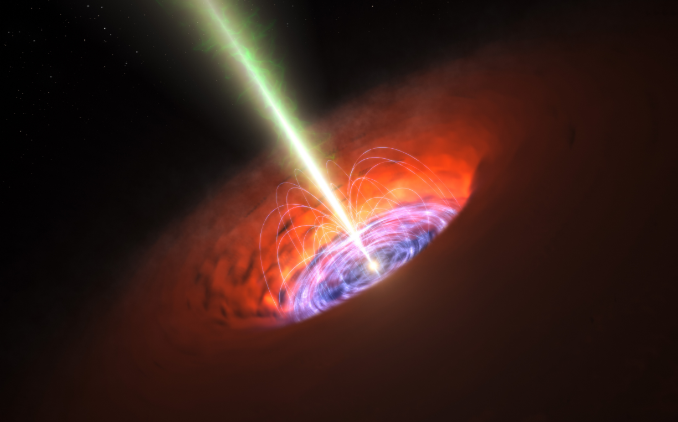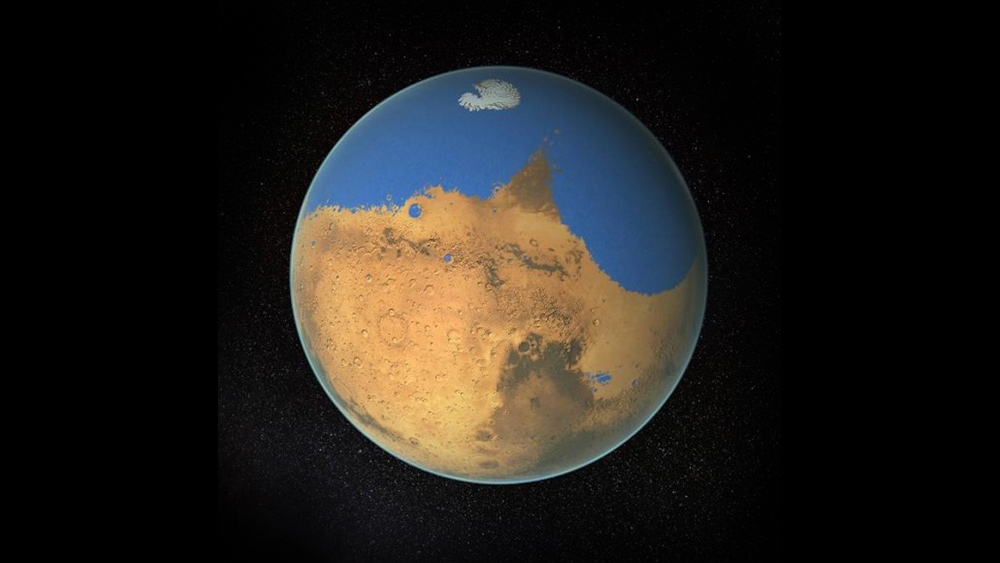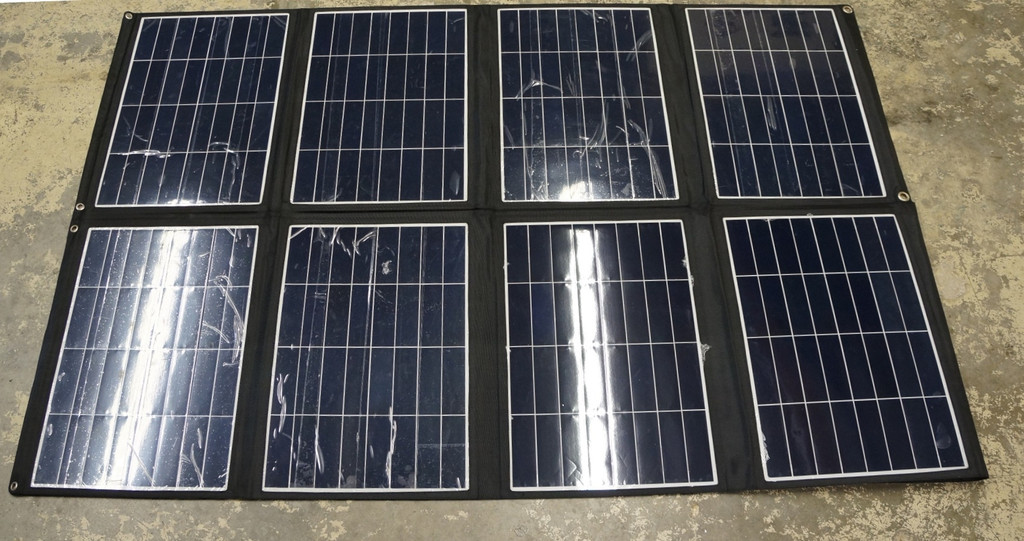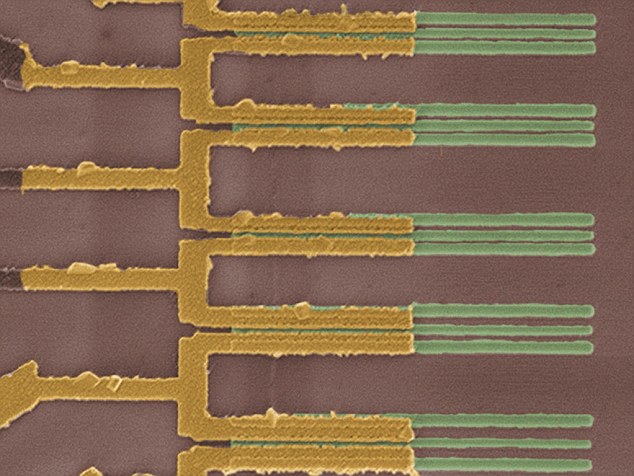Are people really considering going to the moon… to mine?
08/04/2019 / By Edsel Cook
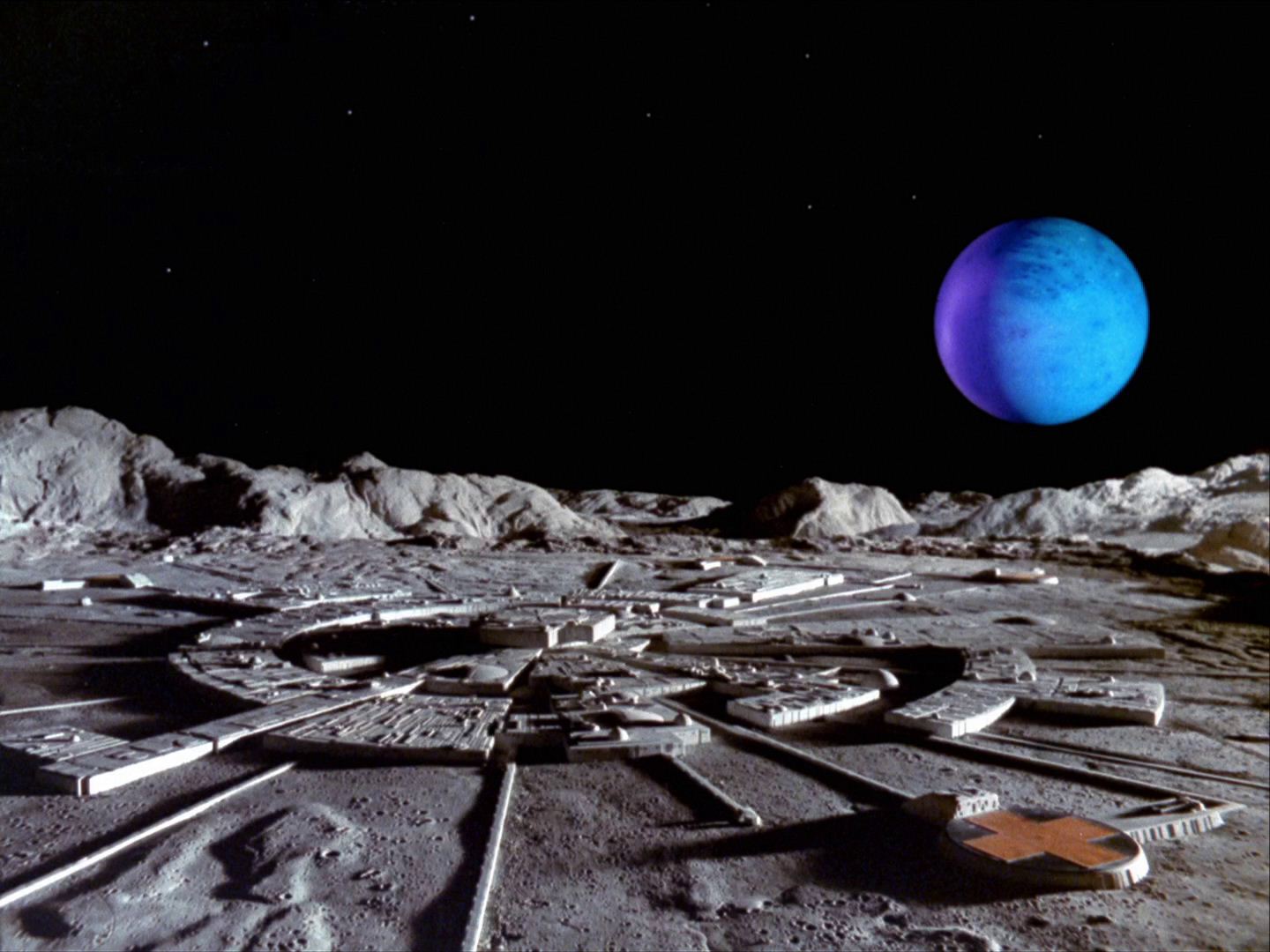
Experts from the legal, mining, and space science sectors consider the moon to be a New World full of natural resources. They believe that the mineral wealth of Earth’s “eighth continent” is there for the taking by anyone with money, political will, technology, and vision to land on the moon.
Their new report discussed the requirements for commercial mining and fuel production on the moon. In particular, they talked about getting water from the permanently shadowed lunar craters. The water would serve as propellant fuel for spacecraft.
The idea of cheap and convenient space travel throughout the inner solar system relies on two things: Reusable rocket stages and spacecraft, and a reliable source of rocket fuel found in space.
The moon may fulfill the latter requirement. Recent studies found the presence of water ice at the permanently shadowed regions near the lunar poles.
The study suggested that lunar landers may extract the water ice and break it down into hydrogen and oxygen. Both combustible elements are excellent rocket fuel. The oxygen would also serve as breathable air for astronauts.
Furthermore, the weak gravity of the moon would make it easy to launch hydrogen and oxygen payloads into orbit or beyond. Lunar mining and fuel facilities would make it possible for humans to operate and travel in cislunar space. (Related: Sci-fi in real life: Scientists propose building a space station INSIDE an asteroid and using its gravity to mine valuable space rocks.)
Mining water ice on the moon to make rocket fuel for spacecraft
The study calculated the near-term need for mining at least 2,700 tons of lunar water each year. The extracted ice would be turned into 500 tons of propellant fuel, which would be worth $2.4 billion.
Funding the birth of a new industry would cost a lot. Researchers believed that the lunar propellant project would need $4 billion in initial investment.
“This was a very significant and thorough joint effort by industry, government and academic experts to put together a detailed and realistic analysis,” explained Colorado School of Mines (Mines) researcher Angel Abbud-Madrid. “It lays out the approach, challenges and payoffs of developing a private business to harvest and process lunar polar ice as the foundation of a lunar, cislunar and Earth-orbiting economy.”
Abbud-Madrid and his co-authors covered everything. They even came up with potential collaborations between the public and private sectors.
The report recommended building the commercial lunar fuel system in phases. Each phase would improve the technology, gather more investors, and encourage the growth of customers and markets.
The idea of producing lunar fuel faces legal and managerial obstacles
Many hurdles lie in wait for the budding moon mining industry. Most of them involve technology-related matters. But some need the help of lawyers instead of researchers.
First, governments must acknowledge the right to own resources mined from the moon. Second, they need to affirm priority rights to mining claims.
Third, governmental bodies must avoid interfering in mining operations. Finally, they need to define the regulations as clearly as possible without meddling in the industry.
Abbud-Madrid’s fellow Mines researcher, George Sowers, was trying to convert senior officials at NASA to the idea of extracting lunar ice and turning it into fuel products. Sowers and the other co-authors sought to show in their study that developing the commercial lunar propellant industry was straightforward.
Some NASA researchers and officials wanted the moon return program to include in-situ resource utilization (ISRU) of lunar propellant. They reputedly ran into opposition from “heavyweights” in the space agency.
“If we haven’t done it before, we can’t make it part of the baseline,” Sowers explained. “But if it’s not part of the baseline, it doesn’t get funded, other than a few pennies from the diminishing technology pot.”
Sources include:
Tagged Under: economy, fuel industry, lunar fuel, lunar water ice, minerals, mining, Moon, moon landing, moon mining, outer space, Space, space exploration, space mining, Spacecraft
RECENT NEWS & ARTICLES
Physics.News is a fact-based public education website published by Physics News Features, LLC.
All content copyright © 2018 by Physics News Features, LLC.
Contact Us with Tips or Corrections
All trademarks, registered trademarks and servicemarks mentioned on this site are the property of their respective owners.

